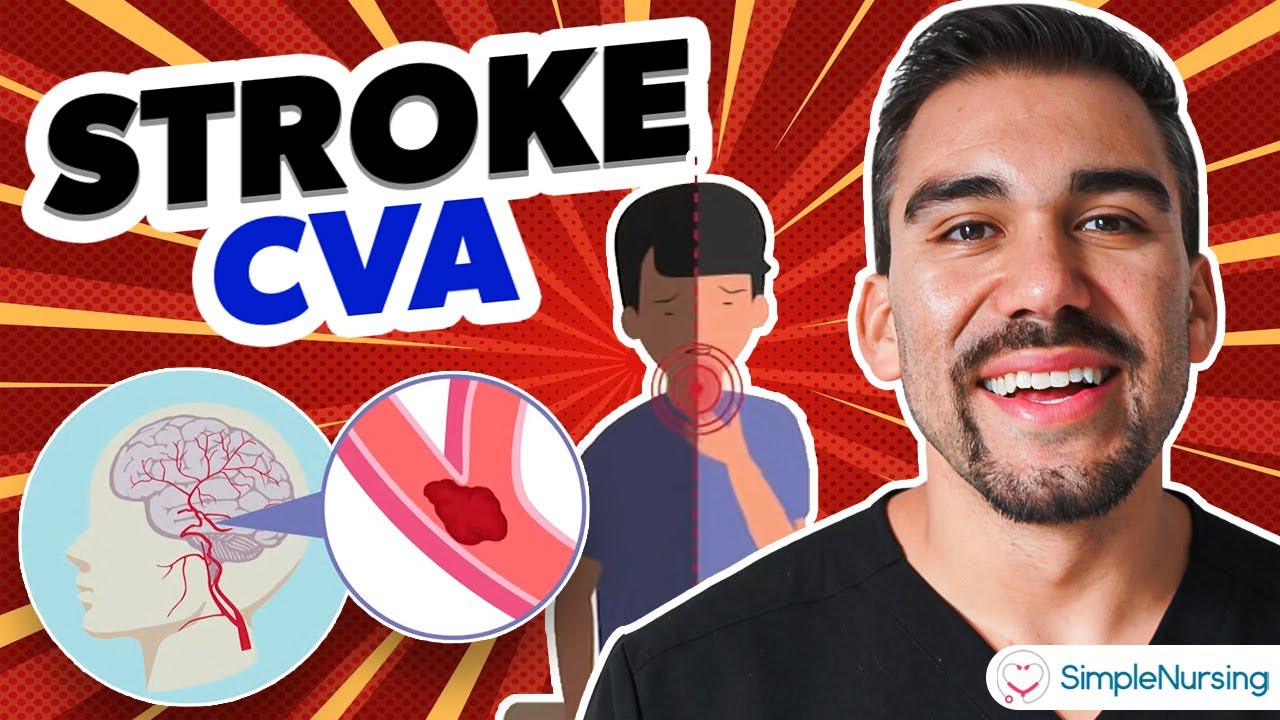#1 Best Meal to Prevent a Heart Attack and Stroke
Summary
TLDRThis video highlights the best meal to prevent heart attacks and strokes, focusing on preventing dangerous blood clots. The script explains how clots, driven by pathogens and excessive iron, contribute to these health risks. It emphasizes the role of certain foods, including wild-caught salmon, arugula, beets, olive oil, garlic, and dark chocolate, in combating clotting. The video also stresses the importance of lifestyle factors like stress management and exercise. Overall, it advocates for a nutrient-rich, anti-inflammatory diet combined with a balanced lifestyle to reduce cardiovascular risks.
Takeaways
- 😀 80-90% of heart attacks and 87-91% of strokes are caused by blood clots, not just plaque buildup.
- 😀 Dormant microbes, especially pathogenic ones, play a role in clot formation and disease, waiting for a chance to become active.
- 😀 Normal clotting helps heal injuries, but in heart attacks and strokes, clots become dense and difficult to dissolve.
- 😀 The conversion from normal to abnormal clotting can be triggered by endotoxins, which are tiny parts of pathogens.
- 😀 Excessive iron in the body can fuel pathogens, increase endotoxins, and worsen clotting, especially in those with genetic iron issues.
- 😀 Iron is often found in fortified foods, red meat, supplements, and alcohol, and excessive intake should be avoided, especially in older adults.
- 😀 Stress, particularly through adrenaline, can exacerbate pathogen growth and increase the risk of heart attacks by suppressing the immune system.
- 😀 Leaky gums and gut contribute to endotoxin leakage, and common culprits include gluten, alcohol, smoking, seed oils, and refined foods.
- 😀 The ideal anti-clotting meal consists of wild-caught salmon, arugula, beets, olive oil, apple cider vinegar, garlic, sauerkraut, and dark chocolate.
- 😀 Polyphenols in ingredients like olive oil, green tea, and dark chocolate bind with iron, helping to reduce excess iron and prevent clotting.
- 😀 Magnesium-rich foods, like dark chocolate, help to support cardiovascular health and balance calcium levels in the heart and arteries.
- 😀 Regular post-meal exercise, like a 10-20 minute walk, combined with nasal breathing, enhances nitric oxide production and supports clot dissolution.
Q & A
What is the primary cause of most heart attacks and strokes?
-Most heart attacks and strokes are caused by clots, not plaque buildup. About 80-90% of heart attacks and 87-91% of strokes are due to clots.
How do dormant microbes contribute to heart attacks and strokes?
-Dormant microbes can become active and release endotoxins that disrupt normal clotting, causing abnormal and dysfunctional clotting that is harder to dissolve, leading to heart attacks and strokes.
What role does endotoxin play in abnormal clot formation?
-Endotoxins from pathogenic microbes trigger a conversion from normal to abnormal clotting, making clots more dense and difficult to dissolve. Even small amounts of endotoxin can initiate this process.
How does excessive iron contribute to clotting problems?
-Excessive iron in the body can feed pathogens, particularly those releasing endotoxins. This increases the risk of abnormal clotting and can amplify the growth of harmful microbes, leading to cardiovascular issues.
Why is it important to control iron intake, especially as we age?
-Excessive iron intake, especially from fortified foods or supplements, can feed pathogens, increase endotoxin activity, and worsen clotting. It’s especially dangerous for older individuals or those with genetic predispositions to iron overload.
How does stress affect the risk of heart attacks and strokes?
-Stress triggers adrenaline, which amplifies the harmful effects of pathogens, reduces immune function, and increases the risk of abnormal clotting. This can significantly heighten the chances of a heart attack or stroke, especially after intense stress or grief.
What are some factors that contribute to a 'leaky gut' or 'leaky gums'?
-Factors like gluten, alcohol, smoking, seed oils, processed foods, refined sugars, NSAIDs, and antibiotics can damage the gut and gum lining, leading to leaks. These leaks allow endotoxins to enter the bloodstream, triggering abnormal clotting.
What are the key components of the anti-clotting meal suggested in the script?
-The anti-clotting meal includes wild-caught salmon (high in omega-3s), arugula (rich in nitric oxide), beets (boost nitric oxide), extra virgin olive oil (rich in polyphenols), apple cider vinegar, garlic (anti-pathogenic), sauerkraut (lactic acid bacteria), and dark chocolate (rich in polyphenols and magnesium).
Why is wild-caught salmon recommended for this meal?
-Wild-caught salmon is rich in omega-3 fatty acids, which help reduce inflammation and thin the blood, making it an excellent choice for preventing clots. It also has lower iron content compared to red meat, which helps avoid excessive iron buildup.
How does nitric oxide in arugula and beets help prevent clotting?
-Nitric oxide is a powerful compound that helps reduce blood clotting and improve blood flow. Arugula and beets are among the foods highest in nitric oxide, making them crucial for preventing abnormal clotting and lowering blood pressure.
What is the role of dark chocolate in this meal?
-Dark chocolate, especially 85-90% varieties, is rich in polyphenols, which help bind excess iron in the body, and magnesium, which supports heart health by balancing calcium levels in the arteries. It also helps lower blood pressure and may support overall cardiovascular health.
Outlines

This section is available to paid users only. Please upgrade to access this part.
Upgrade NowMindmap

This section is available to paid users only. Please upgrade to access this part.
Upgrade NowKeywords

This section is available to paid users only. Please upgrade to access this part.
Upgrade NowHighlights

This section is available to paid users only. Please upgrade to access this part.
Upgrade NowTranscripts

This section is available to paid users only. Please upgrade to access this part.
Upgrade NowBrowse More Related Video

Stroke CVA (Cerebrovascular Accident) Hemorrhagic, Ischemic NCLEX RN & LPN NURSING

What Causes a Stroke?

Kalp Krizlerinin ve Felçlerin %80'i BUNDAN Kaynaklanıyor! | Dr. Berg Türkçe

Endocrine System- Negative and Positive Feedback loops

LIPID, ATEROSKLEROSIS, PJK DAN METODE ANALISIS KOLESTEROL

The Difference Between Cardiac Arrest, Heart Attack, and Heart Failure - 3D Animation
5.0 / 5 (0 votes)